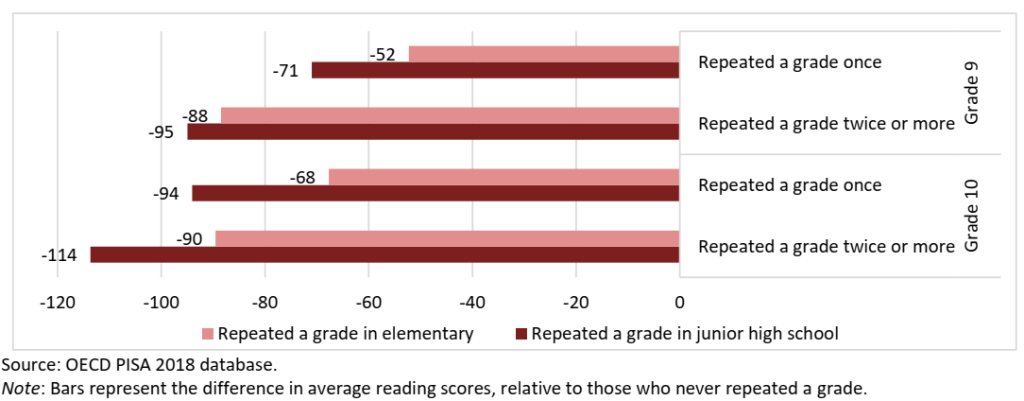The transition between Kindergarten and Grade 1, Grade 6 to Grade 7, and Grade 10 to Senior High School Grades 11 and 12 is a critical assessment aspect at the end of each stage.
It establishes individual learners’ starting points in terms of cognitive achievement for the next stage of learning. The transition process requires increased collaboration between early childhood education settings and elementary schools, elementary and junior high schools, and JHS and SHS.
Programs of support and targeted interventions at each stage should be provided when there is a clear gap in the readiness of an individual student to progress to the next level.
In the first stage, an Early Childhood Development (ECD) Checklist must be administered to an entrant to Kindergarten before the opening of the school year to ensure the learner’s readiness to meet the curriculum’s expectations at the Kindergarten level.
This is not a limiting requirement but merely establishes the child’s previous experiences, whether from child-care or more formal pre-school programs.
At the end of the Kindergarten year, a School Readiness Assessment Test (SREA) is conducted using the pupils’ mother tongue or the language spoken at home to gauge their readiness for admission to Grade 1.
The assessment result is a critical input for the Grade 1 teachers because they will be provided with a child’s readiness profile which is crucial in addressing a pupil’s specific learning need.
However, the assessment is not considered an achievement test or final examination, and no child of the right entry age is refused entry to Grade 1 based on the results of this assessment.
There is no transition process whereby Grade 6 students are evaluated as ready for Grade 7 study apart from the administration of the NAT for Grade 6, but this establishes an overall snapshot of the Grade 6 achievement levels and does not provide individual profiles for each student.
At this stage, the critical element is the curriculum continuity between Grades 6 and 7 so that teachers in JHS are informed about their student’s previous exposure to learning topics and processes.
A similar situation exists at the interface between JHS and SHS, with the NAT for Grade 10 administered at this stage. Again, this does not provide information about an individual student’s learning profile, which must be established by the SHS teacher using appropriate diagnostic assessments to gauge the previous learning of the JHS student.
A career aptitude assessment administered in Grade 9 may provide some background data for a student to make decisions about a future academic stream at SHS. However, it is not prescriptive, and students may choose from possible options regardless of the aptitude assessment result.
Another aspect of transition between grades is the high percentage of students who repeat grades in the Philippines. This effect on performance was noted in the analysis of the PISA 2018 results.
The 15-year-old students in Grades 9 and 10 who repeated a grade at least once tended to score lower than their peers who had not repeated a grade.
Those who repeated a grade at least once at the elementary level scored at least 52 points less in reading than non-repeaters, while those who repeated a grade at least once at the junior high school level scored at least 71 points less in reading than non-repeaters.
The largest difference in scores, a gap of over one standard deviation (114 score points), was observed among Grade 10 students who repeated a junior high school grade two or more times. Figure 1 shows this difference in mean reading performance for PISA 2018 students by repetition and grade level.
Figure 1: Difference in Mean Reading Performance, by Occurrence of Repetition and Grade Level
The spiral progression approach for the curriculum used in the K to 12 program means that students must gain proficiency at each stage of learning because concepts are built upon and deepened in succeeding grade levels. However, it seems that repetition is not the answer.
It is likely that early detection and prevention, rather than grade repetition, are more cost-effective policies where schools provide support to struggling learners through interventions such as the provision of remedial programs and additional learning time for these students.
